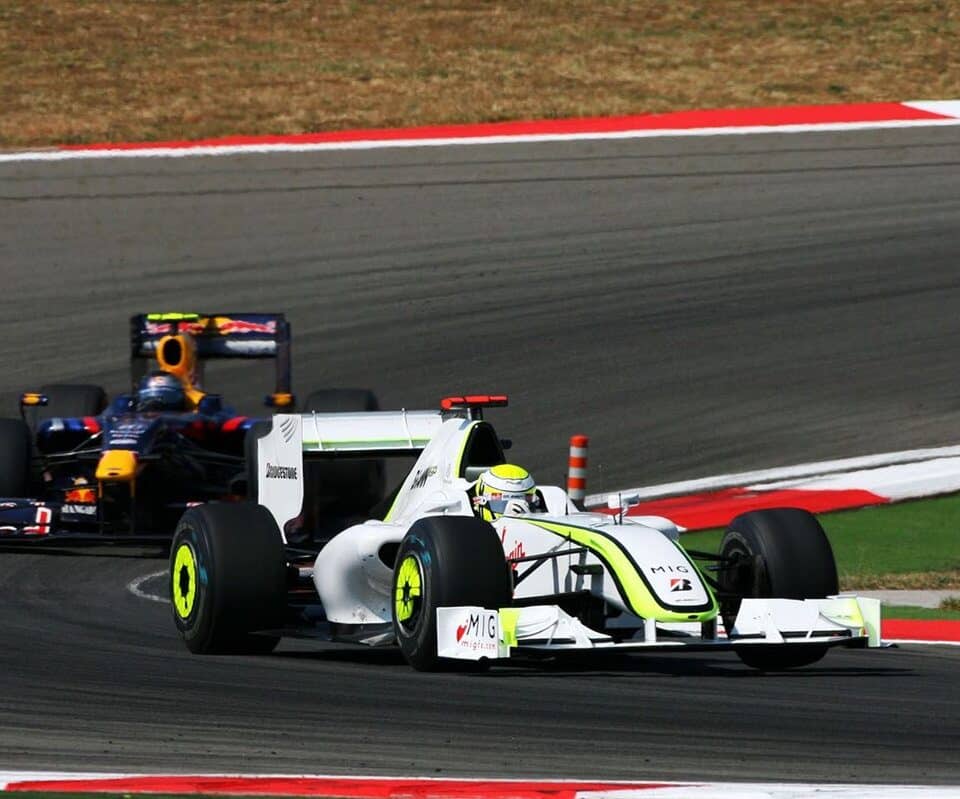The FIA recently dropped some intriguing concept images and plans for the 2026 Formula 1 cars. These designs aim to fix what’s been lacking in the current rules, targeting better management of dirty air, limiting outwash, and pushing for closer racing.
Although these renders are possibly a few generations behind the final draft of the regulations, which is expected to be signed off soon, they offer some fascinating insights. The 2026 cars evoke memories of the 2009 regulation changes. The front wing, pillar arrangement, and nose are reminiscent of the Renault R25 and McLaren MP4-21 from that era.
One of the notable changes is the front wing, which will be 100mm narrower, along with a return of the footplate region that was eliminated in 2022. The front wheel deflectors are also gone, replaced by in-washing wheel wake control boards on the front of the side pods. Moreover, the cars will move away from the current fence and tunnel-like floor arrangement to a raised floor leading edge, flatter midsection, and lower-powered diffuser. The beam wing has been removed again, likely due to its aerodynamic coupling effect with the rear wing and diffuser.
Jason Somerville, the FIA’s Head of Aerodynamics, pointed out, ‘We’ve aimed to close loopholes and undesirable opportunities for exploitation. However, we’re all experienced enough to know that teams are experts in seeking a competitive advantage! So that’s one of the biggest challenges: to ensure we have a robust set of regulations, which give us the performance and the racing that we’re expecting.’
Teams can start working on the aerodynamic surfaces for these new cars starting January 1, 2025, though they can already set up groups to brainstorm chassis and mechanical solutions.
A new power unit lies at the core of the 2026 F1 car, with the MGU-H removed and more emphasis placed on energy deployment from the MGU-K, creating a more balanced relationship between combustion and electrical deployment. The MGU-K will now be able to deliver 350kW, up from the current 120kW. Fuel flow and boost levels on the combustion side will be reduced accordingly.
The Energy Store has been redefined to provide the additional electrical energy needed, while the amount of energy that can be harvested under braking each lap has been significantly increased. To support these changes, the car’s chassis and aerodynamics have been redesigned for more nimbleness, with the maximum wheelbase reduced from 3600mm to 3400mm and the car’s width from 2000mm to 1900mm. Minimum weight has been dropped by 30kg to 768kg, and the wheels and tires have also been narrowed.
Aerodynamic output is also being adjusted, with about a 30% reduction in downforce and 55% in drag compared to current machines. Much of the drag reduction will come from new active aero packages with moveable front and rear wing elements. This system will have two modes – X and Z. X-mode is the standard state, while Z-mode is a low drag state aimed at optimizing power unit performance and aiding in energy harvesting during braking.
Drivers will have access to these modes to help with overtaking, known as override mode, which allows the chasing car additional energy deployment if within a certain window at the end of the previous lap.
In summary, the 2026 Formula 1 cars are set to bring back some design elements from 2009 while incorporating modern technological advancements. While teams have some time before they can officially start working on these new cars, it’s clear that the future of Formula 1 aims for better racing and more sustainable technology.
Source: Motorsport ˙ Youtube










